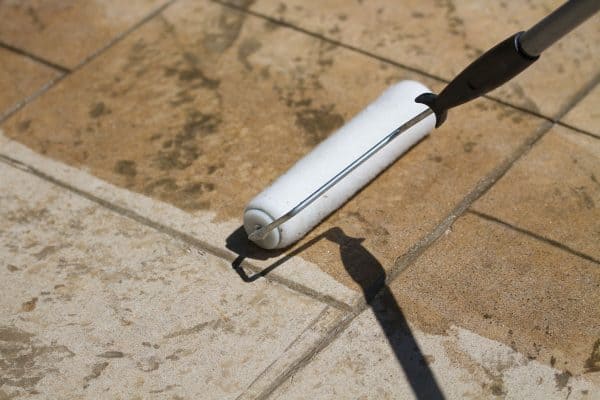Disclosure: We may get commissions for purchases made through links in this post.
Adding plants on your patios, driveways, and walkways would be a fantastic idea. But then, improper location and badly maintained potted plants could cause stains and icky discoloration to the surface. To prevent this kind of issue, we’ve compiled a list of ways to keep your pavers stain-free. See below the tips on how to keep them neat and clean without getting damaged by the potted plants.
You can protect your pavers from potted plants by using different container gardens. You could purchase some of these materials or create them by DIY projects. See the different ways to prevent stains from your potted plants:
- Utilizing Hanging Plants and Deck Planters
- Installing Plant Stands
- Adding Pot Feet and Risers
- Using Drip Trays
- Changing of Pot Placement Regularly
Besides installing these containers, you can follow the tips indicated in this article. So, keep reading to see how to protect your pavers from plant stains. Also, if you already have stains on your pavers, find out here the simple ways to fix them instantly.
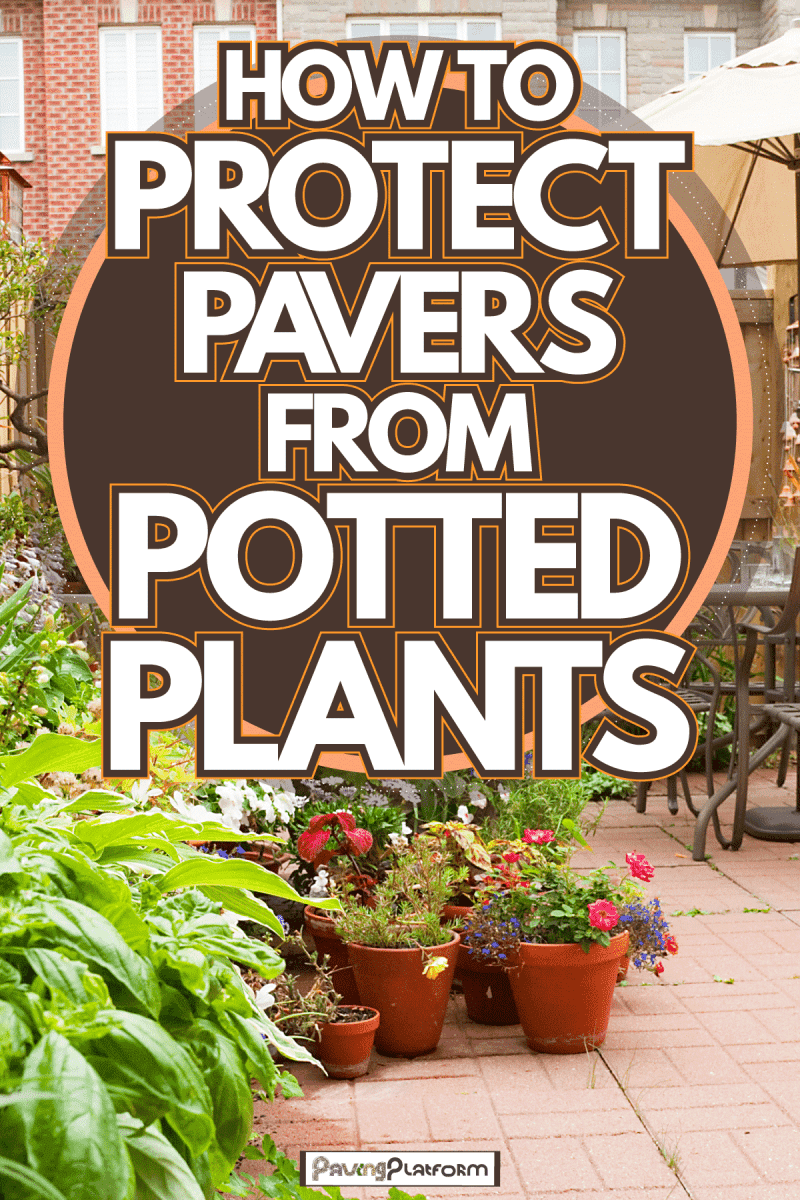
5 Ways to Prevent Stains From Potted Plants
Stains on pavers can be unsightly and difficult to remove. They can also make your pavers more susceptible to weathering and foot traffic damage. If you have potted plants on or near your driveway or patio, it is important to take steps to prevent these plant stains.
1. Utilizing Hanging Planters and Deck Planters
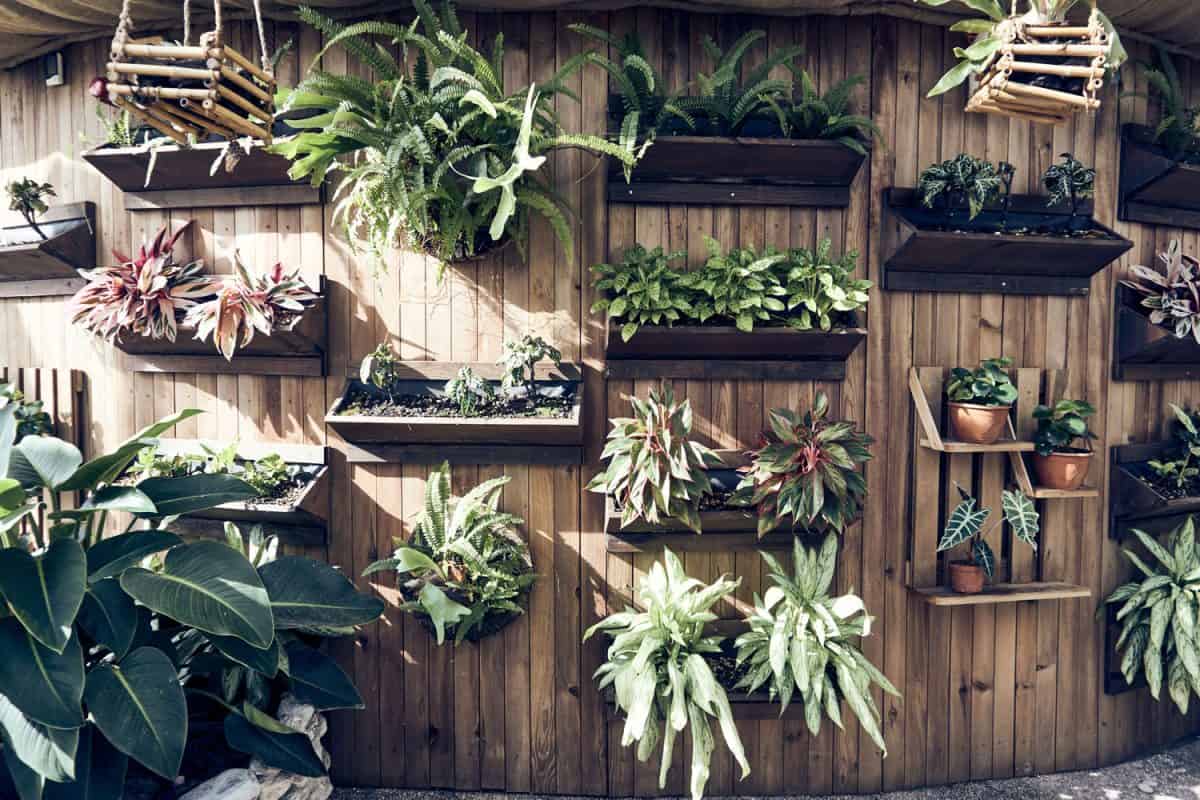
If your potted plants are on a patio, you can use hanging planters. It will keep the pots elevated off the surface and away from any potential runoff. If your potted plants are in or near your driveway, you can also use deck planters. These planters are designed to sit directly on the ground and have a lip that surrounds the pot, preventing any runoff from occurring.
Try this raised planter with trellis for a new spin on hanging plants.
Click here to see it on Amazon.
2. Installing Plant Stands
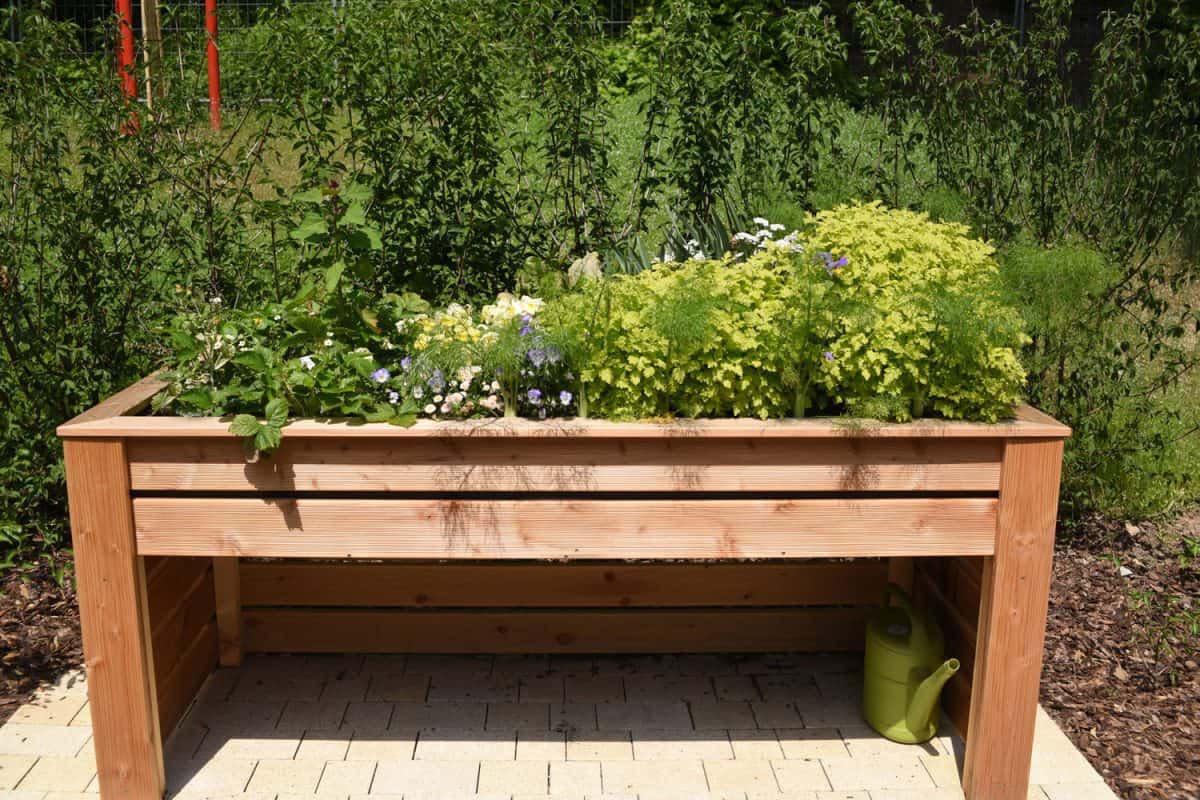
Installing plant stands is a great way to protect your pavers from staining. They would help to put the plants away from the ground, preventing them from adding any damage to the pavers. Plant stands are available in a variety of styles and sizes, so you can find one that will fit your needs. Most importantly, you can even use plant stands as extra decor for the patios.
Try this raised garden bed for your patio.
Click here to see this on Amazon.
3. Adding Pot Feet and Risers
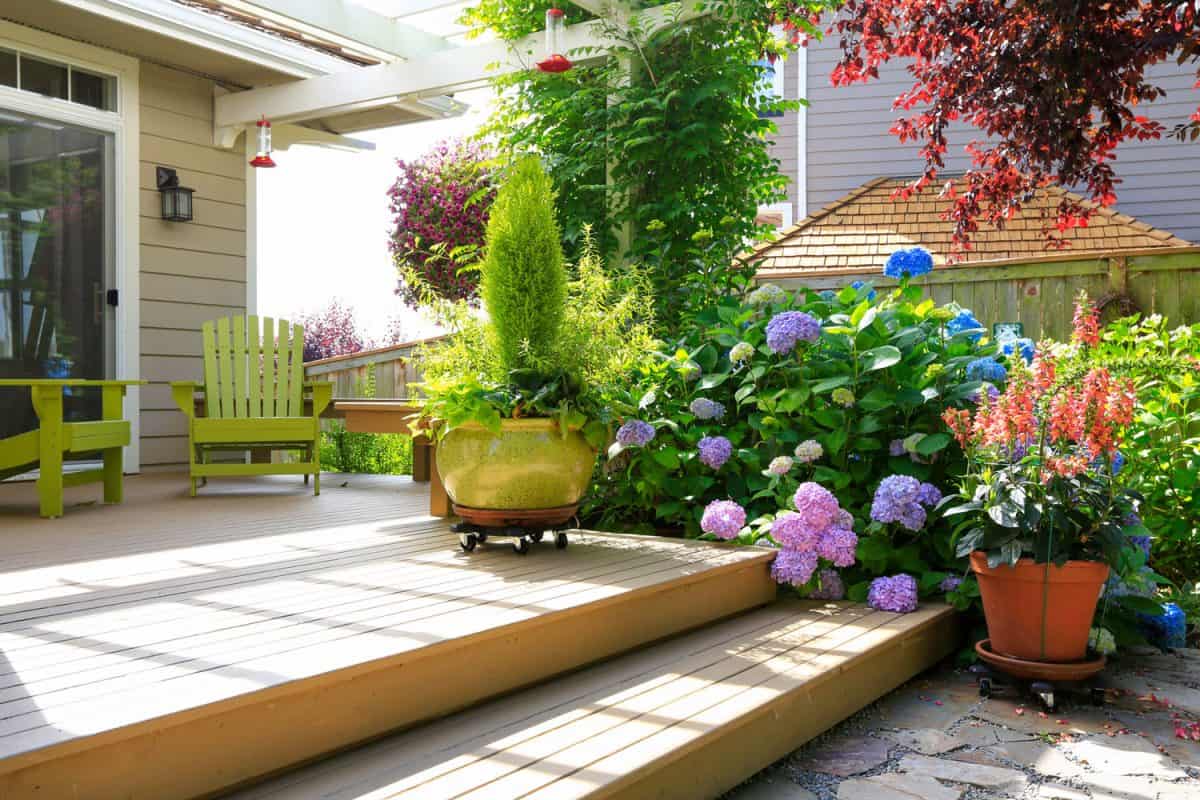
Pot feet and risers are also great options to protect your pavers. Pot feet are small, rubber discs that are placed under the pots to elevate them off of the surface. Risers are metal or plastic stands that are designed to hold potted plants.
With these two containers, the pot is not directly touching the ground. So, even if it stayed them, the stain can dry off easily. Additionally, it would also help to save some space while creating different layering in your area.
Try this stationary 13" flower pot riser.
Click here to see it on Amazon.
4. Using Drip Trays
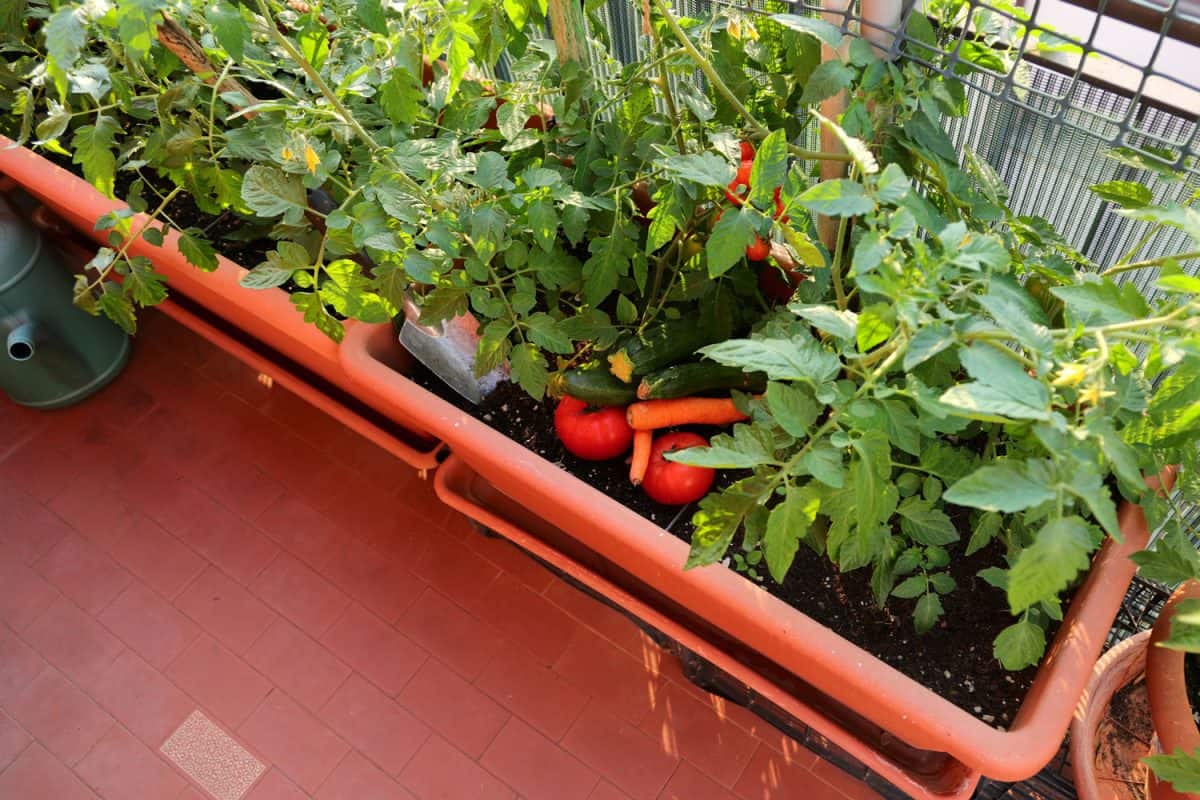
A drip tray is a piece of plastic or metal that is designed to catch the runoff from your pots. It aids to get all the materials from the potted plants, helping not to reach the pavers. Drip trays are available at most home improvement stores. But, you could also create one for using different materials. They are easy to install and are a great way to protect your pavers from staining.
Find drip trays in various sizes to accommodate your pots.
Click here to see this on Amazon.
5. Changing of Pot Placement Regularly
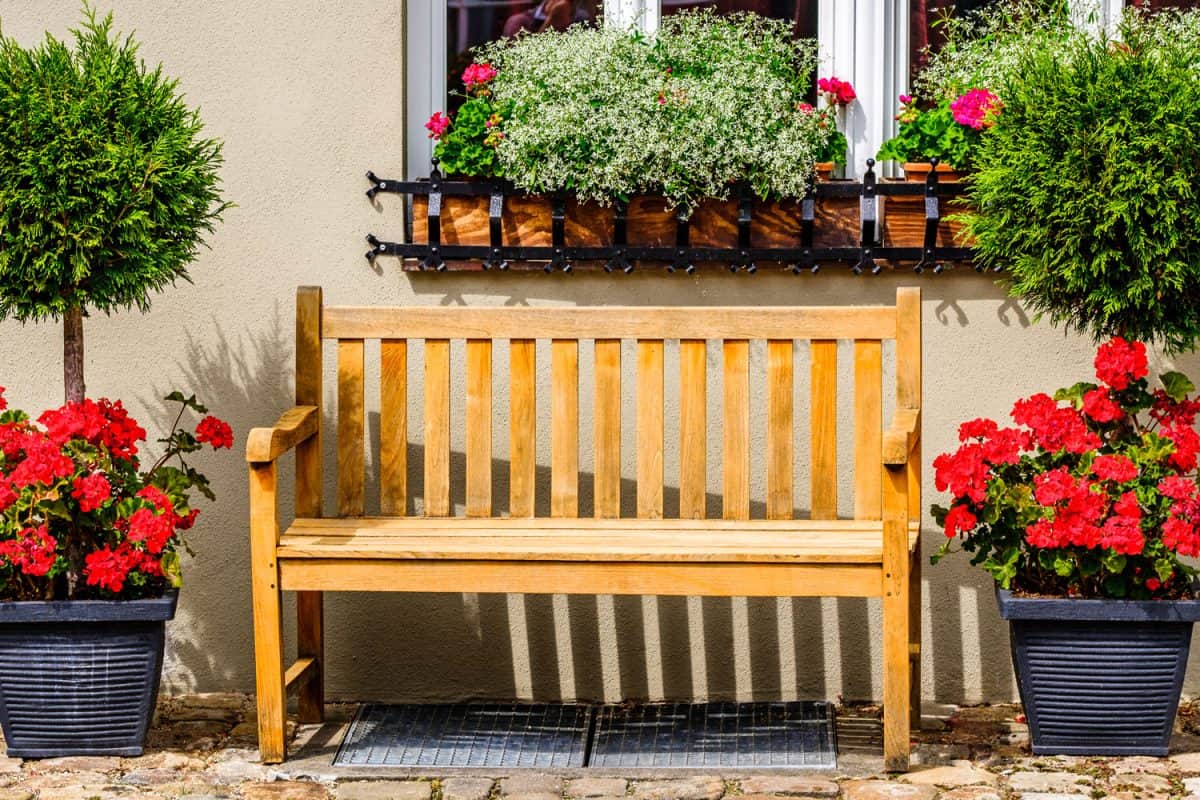
If you regularly relocate your potted plants, it will help to avoid any one area from being damaged by the weight of the pots. It also enables you to clean a particular area at a time. Additionally, if you relocate your plants, you could create a new ambiance to your patio, driveway, or walkways. As a result, you can easily maintain the whole area without letting any stain sit on the ground.
But then, some homeowners already have stains on their pavers. Check out here the usual stains you could encounter if you have potted plants on your pavers.
What are the Common Stain Problems From Potted Plants?
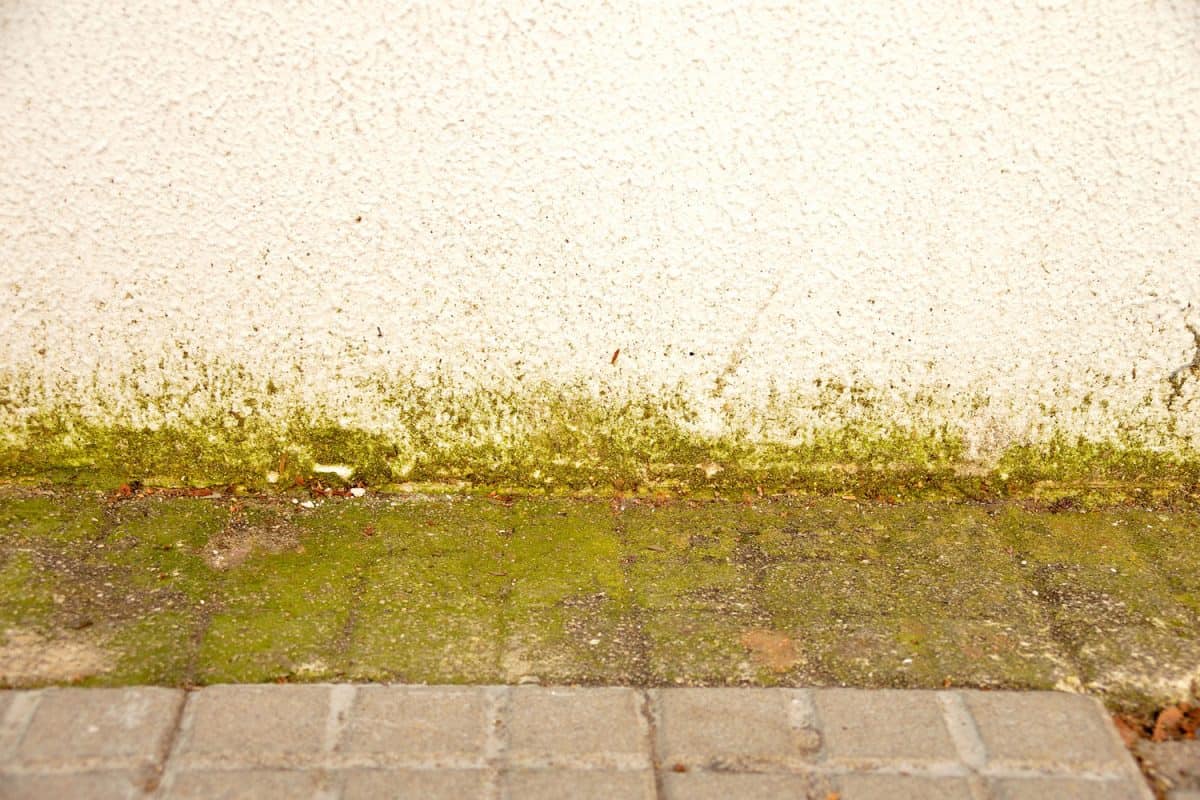
Potted plants can have a number of different types of stains, including watermarks, fertilizer spots, and rust. These elements can cause discoloration on surfaces that they come into contact with.
Water stains
Water can cause unsightly marks on paver stones. If water is not properly drained from pots, it can seep into the cracks between pavers and create permanent stains.
Leaf Stains
Leaves can also cause stains on paver stones. As leaves decompose, they often release a dark liquid that can discolor the surface of pavers. In addition, sap from trees and other plants can leave sticky residues on pavers that are difficult to remove.
Fertilizer Stains
Fertilizer is one of the most common sources of stains on potted plants. It is because fertilizer often contains sulfur and iron, which can cause discoloration on surfaces that they come into contact with.
Pot Discoloration
Pot discoloration can be caused by a number of factors, including the type of pot, the color of the pot, and the material from which the pot is made. In general, darker pots tend to show dirt and grime more than lighter pots.
Besides, pots have intensely colored materials, such as terra cotta, which tend to discolor over time. It is because they allow water and other liquids to seep through the surface, which can cause staining on adjacent surfaces.
How to Clean the Stains in the Pavers from Potted Plants?
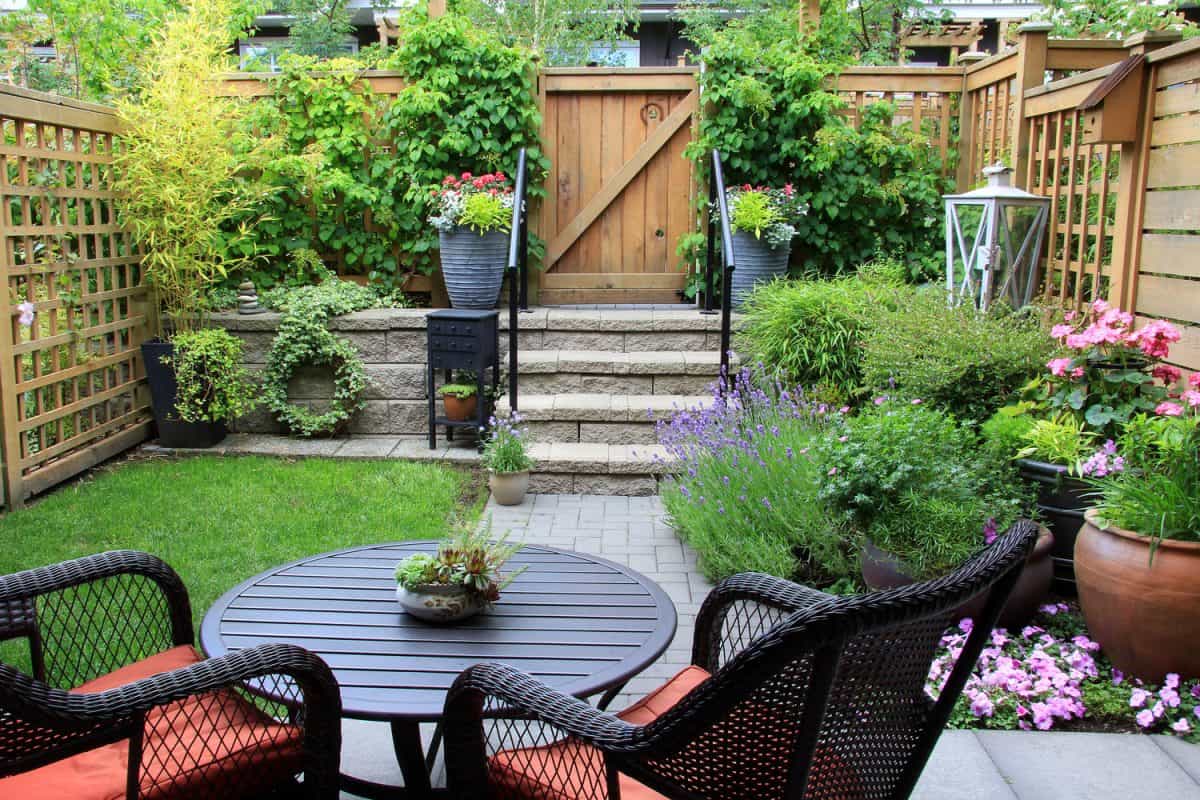
Maintain a nice and neat area as you give time and patience in cleaning it. Keep your potted plants in the right place and see how these cleaning techniques can make a huge difference. See below the ways to clean the stains you could get from potted plants.
Step 1: Remove the excess dirt
You will need to remove the plant and the potting soil from the pavers. Place them away from the pavers. Besides the potted plants, you could also move aside other furniture on your patios, walkways, and driveways.
Afterward, start sweeping the dirt around the pavers. You could also use a vacuum to get off other unnecessary materials. After cleaning the area, begin preparing the pavers by removing the stains.
Step 2: Spot the Stains and Treat Them Instantly
After clearing the area, you must not see the stains on the ground. Start treating the stains on the pavers, especially on where the potted plants were located before. Use treatments like laundry detergent, dishwashing liquid, and other cleaning agents. You could pour the soap onto the stain.
Then, scrub the area with your stiff nylon brush. Wait for about 10 minutes to penetrate all the cleaning agents onto the ground. Scrub the pavers again if needed. Ensure to avoid wired bristle brush to prevent scratches on the pavers.
Step 3: Wash the area
Now that the stains are properly treated, you may begin using the pressure washer to clean the pavers. Be sure to rinse the area well with clean water to remove any remaining dirt or debris. If it is not working, use another cleaning solution with vinegar, water, and baking soda. Add them on the surface again and use the power washer.
If you don’t have a pressure washer, then a garden hose and bucket of water wouldn’t hurt at all as long as you scrub and sweep the pavers.
Step 4: Hire professionals
Some stains are very stubborn. It might not get removed right away. If this is the case, it is best to hire experts in paver cleaning. You could get some help from them and let them handle all the paver stains from the potted plants.
Final Thoughts
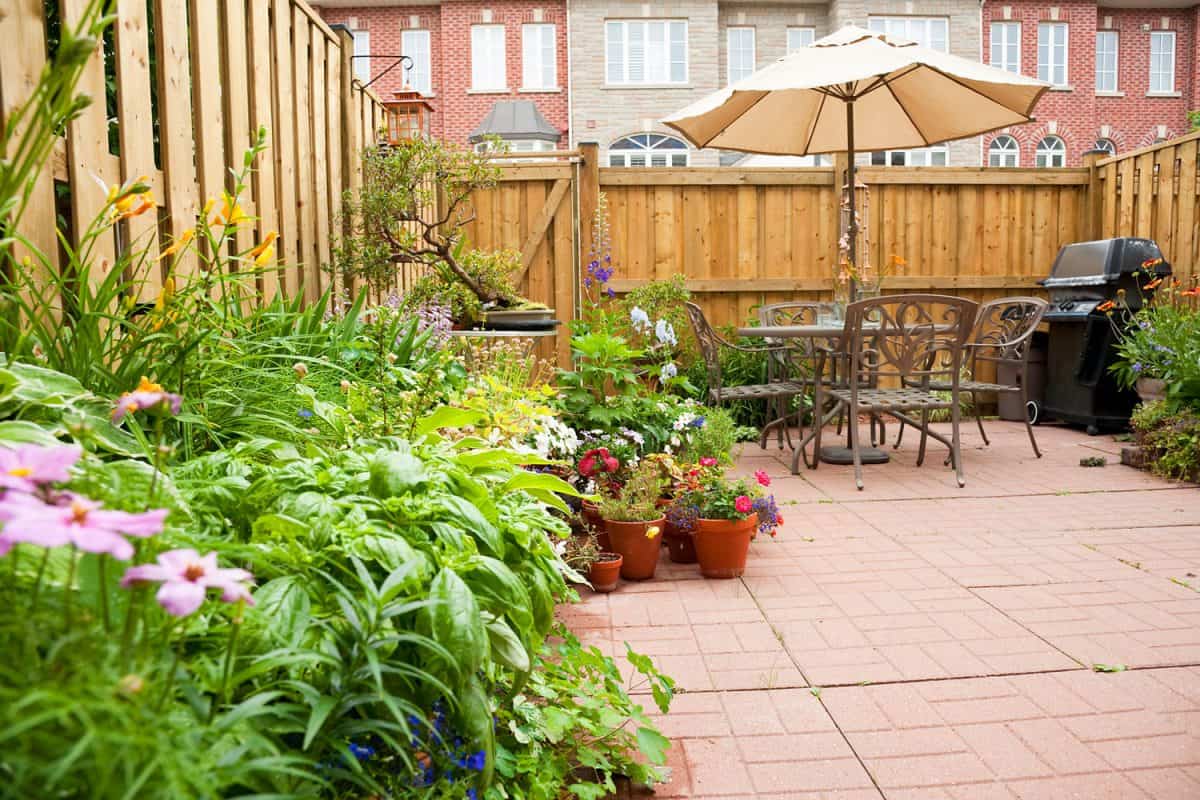
It is possible for you to safeguard pavers/patios against water damage/stains, leaf stains, fertilizer stains, pot discoloration. Simply follow the suggestions above and apply them to your own pavers. Then, enjoy great and stunning pavers across your home.
To get more ideas of maintaining nice pavers, review the following articles below:





![Vibrant Red Paver Stone Path, Can You Spray Paver Sealer? [How To Apply It]](https://pavingplatform.com/wp-content/uploads/2022/04/Vibrant-Red-Paver-Stone-Path-600x400.jpg)
![Properly laid out red pavers for a garden, Can You Tint Paver Sealer? [And How To]](https://pavingplatform.com/wp-content/uploads/2022/04/Properly-laid-out-red-pavers-for-a-garden-600x400.jpg)
